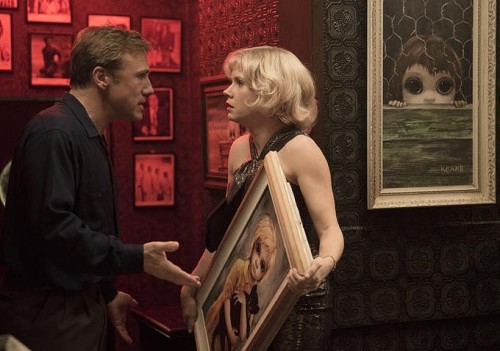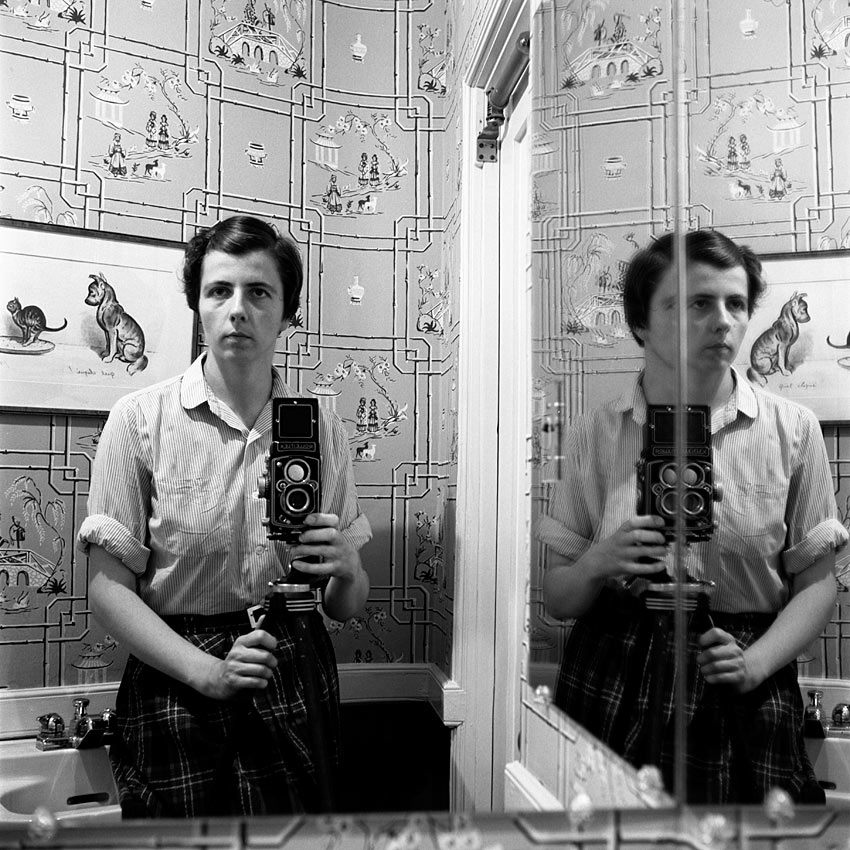This is a guest post by Samah Ali.
It’s been a big year for feminism. Tight throats have softened as women and men voice their opinions on equality as the fire of third wave feminism ignites in the next generation. Iconic moments like “Feminist” echoing across nations during Beyoncé’s Vanguard Performance and Emma Watson’s HeForShe Campaign uniting the sexes for a greater tomorrow clearly shows that not only was this the year of the woman, but this was the year of feminism.
As the Oscar circuit releases movies about struggling, white men on power trips, there is solace in Tim Burton’s Big Eyes to reflect on the powerful year for women and feminism. With a talented female lead and enough buzz to get nominations, Big Eyes has the means to add to the number of women who showed off this year.
[youtube_sc url=” https://www.youtube.com/watch?v=2xD9uTlh5hI”]
Amy Adams takes on the role as Margaret Keane, a painter whose portraits of big-eyed children are falsely sold as her husband’s, Walter Keane (Christoph Waltz). Growing sick and tired of her lie and unaccredited work, Margaret takes Walter to court in hopes to gain rightful ownership and acknowledgement for her paintings. This is a timeless story applicable today as women continuously break the glass window in their lines of work.
Bullied by the fact that “people don’t buy lady art,” Margaret’s true story translates to women overcoming stereotypes and validating their creative expression today. As Shonda Rhimes casually dominates Thursday primetime, some are still threatened that an “Angry Black Woman” is capable of writing and running the year’s most successful television dramas. And as Lena Dunham’s Not That Kind of Girl book tour came to a slow halt due to right-winged, sexual assault accusations, evidently women are still receiving bigoted doubts in a male-dominated field. Fighting the power in true Public Enemy style, Shonda still ran Thursday primetime, Lena’s book tour still continued, and Margaret still fought for her paintings. Resilience and women–it’s like coffee and cream.
Since Big Eyes highlights the power relation between Margaret and Walter, the movie shows another angle to abusive relationships after countless awareness projects, essays, and declarations over the past few months. The opportunity for another angle on abuse captures how tired one grows after being caught in a web of lies surrounding rape, violence, or mental persuasion. Convinced that no one would believe her talents, Margaret allowed her husband to take credit for her work until she had the courage to stand against him in the public eye. As more victims of abuse come out as an act of solidarity, Big Eyes can be a platform to encourage similar acts and show the true victor in victims.
Nevertheless, there are some questions to be answered as the movie plays out.
Considering the story is about a female defying sexist opinions toward her art, why was Tim Burton given the directorial role as opposed to an acclaimed female director? Maybe Lisa Cholodenko (The Kids are All Right, 2010)? Maybe anyone? Even though Burton is a fabulous, wonky director, he is still a man with male experiences in a man’s world. Not quite the angle needed since the movie is about a woman with female experiences in a man’s world. Hmph.
This carries over to the point of view: expectations assume that Margaret’s story will be told how she saw it, a violation of her creative expression and plagiarism of her work. But if told from the perspective of her husband, Margaret may appear as a backstabbing housewife who overstepped her bounds. Hopefully Burton will get it right because another male-driven movie is unwanted here.
However the most disappointing result would be if Big Eyes does not pass the Bechdel Test. Let’s pray the script allows Margaret’s conversations to go deeper than the actions of her husband and more into her identity as a woman breaking boundaries. After all, if this female-driven movie can’t even pass the Bechdel Test then what other Oscar bid is there?
Until the release, Big Eyes looks like a promising movie to end off the empowering year of the woman. Flexing in the face of men, Margaret Keane’s story translates to roadblocks women surpass on the daily at the workplace and at home. Depending on how Burton captures Margaret’s story, Amy Adams has the opportunity to do women justice and end off the year of feminism with a bang–a big-eyed bang.
_______________________________________
Samah is a dedicated film buff seeking films that enhance the movie watching experience by provoking thought, emotions, and relation between the audience and the screen. With a passion for storytelling and ample free time, she looks for the next feature to preach about to the masses. @samahaliii




